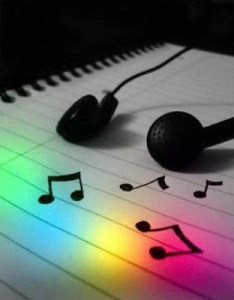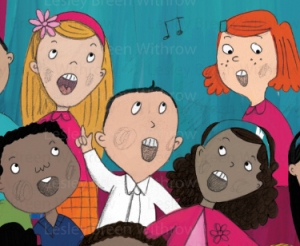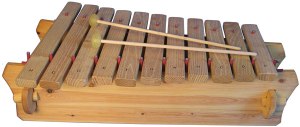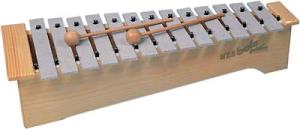This week there was a focus on listening skills: how to decipher and single out various aspects of diverse pieces of music. In listening to various pieces of music we were to gauge the duration, structure, pitch, dynamics and tone colour of each diverse piece.
In demonstrating such diverse pieces of music to students and providing them with a framework to appreciate music in this way there can be a greater level of understanding of how different types of music are made, as well as enabling students to make distinctions between different types.
Furthermore, allowing students an opportunity to engage with music for enjoyment can be beneficial in providing an interesting and enriching cultural experience.
As discussed Kokotsaki (2012), by allowing students to explore music allows a level of creativity to take place and to develop their “musical imaginations”, further allowing for a rich, meaningful listening experience. (Kokotaski, 2012)
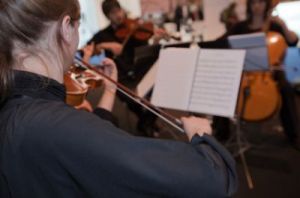

Reference
Blogspot. (2014). Appreciating music. [Image]. Retrieved from: https://creativeartsblogedup.files.wordpress.com/2014/04/b6355-i_love_music_1.jpg
carstenknoch.com. (2011). Playing violin. [Image]. Retrieved from: http://carstenknoch.com/wp-content/uploads/2011/06/chamber_music.jpg
Education Portal. (2010). Listening to music. [Image]. Retrieved from: http://education-portal.com/cimages/multimages/16/listen-music-student-girl.jpg
Kokotsaki, D. (2012). Research Studies in Music Education: pre-service student-teachers’ conceptions of creativity in the primary music classroom.34(120). doi: 10.1177/1321103X12466770
